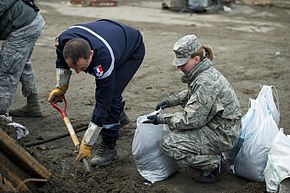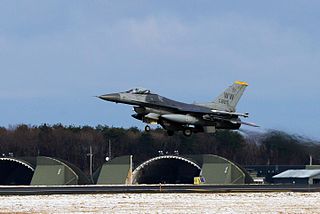
Misawa Air Base is an air base of the Japan Air Self-Defense Force (JASDF), the United States Air Force, and the United States Navy located in Misawa, Aomori, in the northern part of the island of Honshū of Japan. It is located 3 NM northeast of Misawa railway station, 4.8 km (3.0 mi) west of the Pacific Ocean, 16 km (9.9 mi) northeast of Towada, 29 km (18 mi) northwest of Hachinohe, and 684 km (425 mi) north of Tokyo at the "Tip of the Spear". It is a Pacific Air Forces (PACAF) facility with the 35th Fighter Wing as its host wing. It hosts both Japanese and American troops.

The Air Force Intelligence, Surveillance and Reconnaissance Agency was until 29 September 2014 a field operating agency of the United States Air Force headquartered at Lackland Air Force Base, Texas. On that date it was redesignated Twenty-Fifth Air Force and aligned as a numbered air force (NAF) of the Air Combat Command.
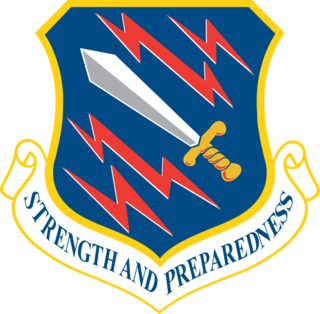
The 21st Wing is an inactive wing of the United States Air Force.

The 35th Fighter Wing is an air combat unit of the United States Air Force and the host unit at Misawa Air Base, Japan. The wing is part of Pacific Air Forces (PACAF)'s Fifth Air Force.

The 506th Air Expeditionary Group is a provisional United States Air Force unit. The group is assigned to the United States Air Forces Central 332d Air Expeditionary Wing, stationed at Joint Base Balad, Iraq.

The 507th Air Refueling Wing is a reserve component flying unit of the United States Air Force. It is assigned to Fourth Air Force of Air Force Reserve Command, stationed at Tinker Air Force Base, Oklahoma with elements at Altus Air Force Base, Oklahoma. The 507th ARW executes air refueling, airlift, and training in support of Air Mobility Command and U.S. Strategic Command's national emergency war order requirements. The wing employs approximately 1,100 men and women made up of a mix of Traditional Reservists, full-time Air Reserve Technicians, AGRs and Air Force civilians. The wing also provides mission support for all other reserve units stationed at Tinker AFB.

The 39th Information Operations Squadron is an information operations and cyber Formal Training Unit, part of the 318th Cyberspace Operations Group.

The 68th Network Warfare Squadron is part of the United States Air Force. It was previously called the 68th Information Operations Squadron, but as of mid-2008, the name changed to the 68th Network Warfare Squadron.

The 13th Fighter Squadron is a fighter squadron of the United States Air Force. The squadron flies the General Dynamics F-16 Fighting Falcon and is part of the 35th Fighter Wing at Misawa Air Base, Japan.

The 14th Fighter Squadron is part of the 35th Fighter Wing at Misawa Air Base, Japan. It operates the F-16 Fighting Falcon aircraft conducting Wild Weasel missions. The squadron has been stationed at Misawa since 1987.

The 475th Air Base Wing is an inactive United States Air Force unit. Its last duty station was at Yokota Air Base, Japan, where it was inactivated on 1 April 1992.

The 39th Flying Training Squadron is part of the 340th Flying Training Group and is the reserve associate to the 12th Flying Training Wing based at Randolph Air Force Base, Texas.

The United States Air Force's 373d Intelligence, Surveillance and Reconnaissance Group is a Twenty-Fifth Air Force unit located at Joint Base Elmendorf-Richardson, Alaska.
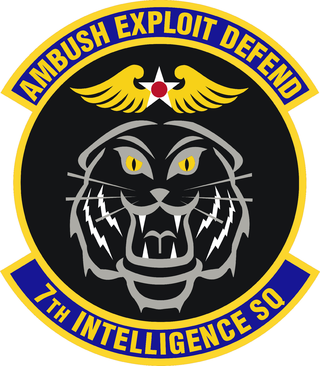
The United States Air Force's 7th Intelligence Squadron is an intelligence unit located at Fort George G. Meade, Maryland. The squadron, as the 7th Radio Squadron, Mobile, provided intelligence for American forces in New Guinea and the Philippines during World War II. As the 302d Radio Squadron, Mobile, it was active in the organized Reserve from 1948 to 1949.
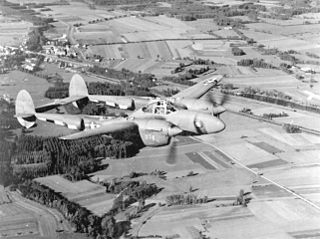
The United States Air Force's 23d Intelligence Squadron is a military intelligence unit located at Joint Base San Antonio, Texas. Its first predecessor was organized during World War II as the 23rd Photographic Reconnaissance Squadron. After training in the United States, the squadron deployed to the Mediterranean Theater of Operations, until V-E Day, earning a Distinguished Unit Citation and French Croix de Guerre. It inactivated in theater in September 1945.
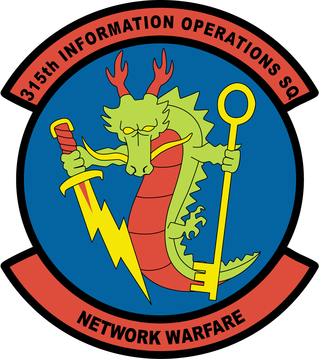
The United States Air Force's 315th Cyberspace Operations Squadron is a cyberspace warfare unit located at Fort George G. Meade, Maryland.

The United States Air Force's 381st Intelligence Squadron is an intelligence unit located at Joint Base Elmendorf-Richardson, Alaska. The unit operated the last operational AN/FLR-9 Circularly Disposed Antenna Array (CDAA), also known as an "Elephant Cage", until 25 May 2016.
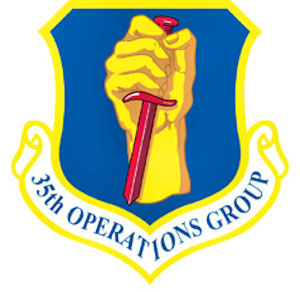
The 35th Operations Group is the operational flying component of the United States Air Force 35th Fighter Wing. It is stationed at Misawa Air Base, Japan, and is a part of Pacific Air Forces (PACAF).

Initially established as the Air Force (USAF) Security Group in June, 1948, the USAF Security Service (USAFSS) was activated as a major command on Oct 20, 1948

Twenty-Fifth Air Force, also known as Air Force Intelligence, was a numbered air force (NAF) within the United States Air Force (USAF), and served as the Air Force's premier military intelligence organization. 25 AF was established on 29 September 2014 by redesignating the Air Force Intelligence, Surveillance and Reconnaissance Agency under Headquarters, United States Air Force, to a numbered air force aligned under Air Combat Command. The USAF also realigned the 9th Reconnaissance Wing and the 55th Wing under the new NAF. It was headquartered at Lackland Air Force Base, Texas.

